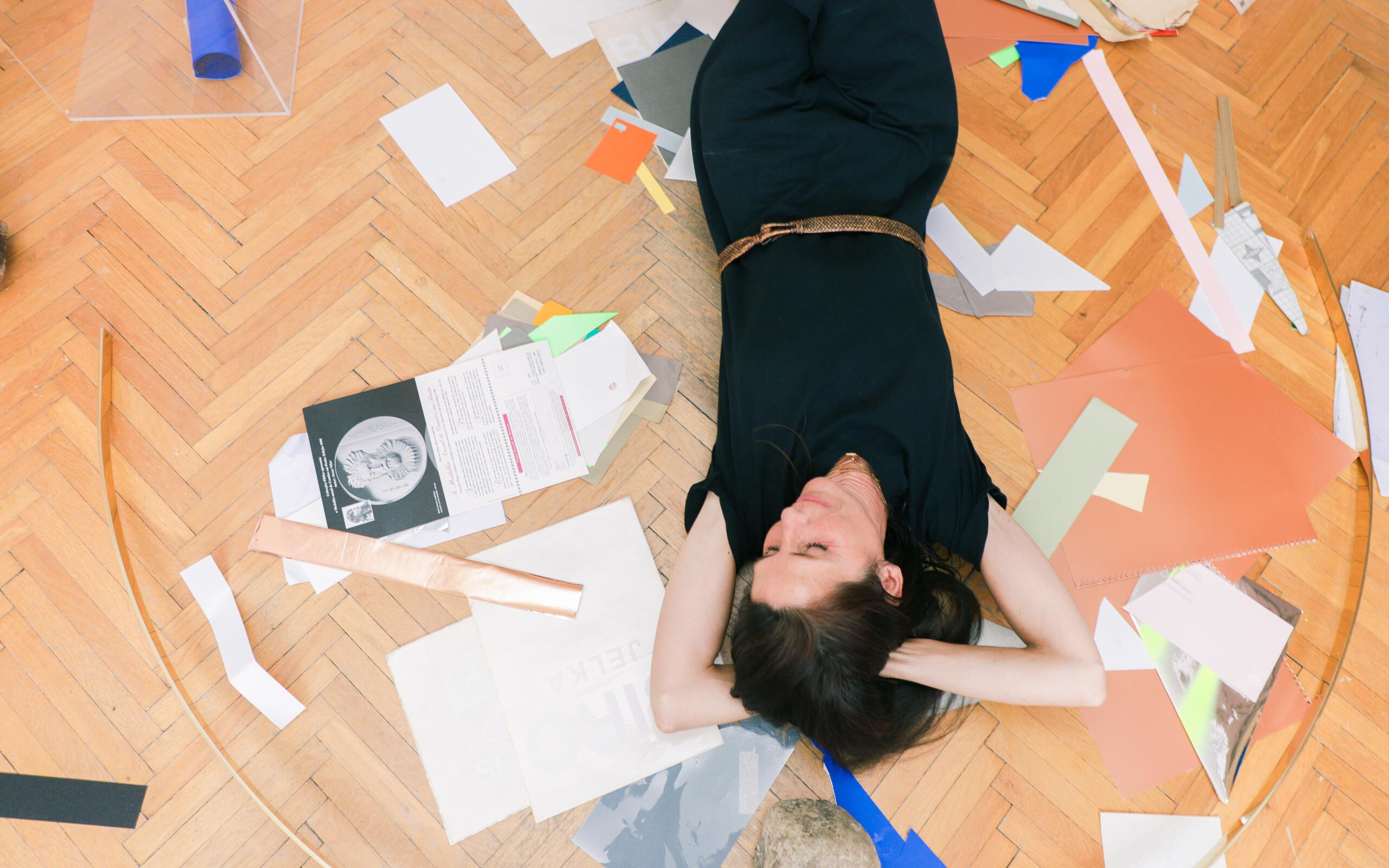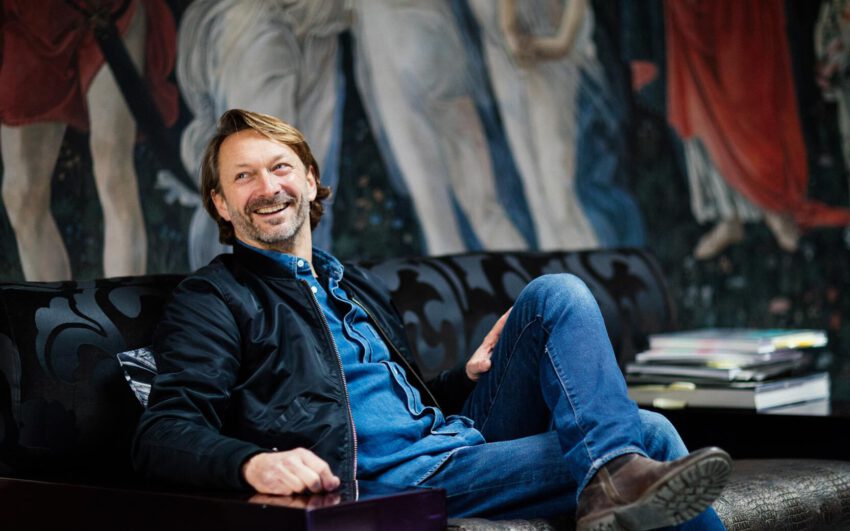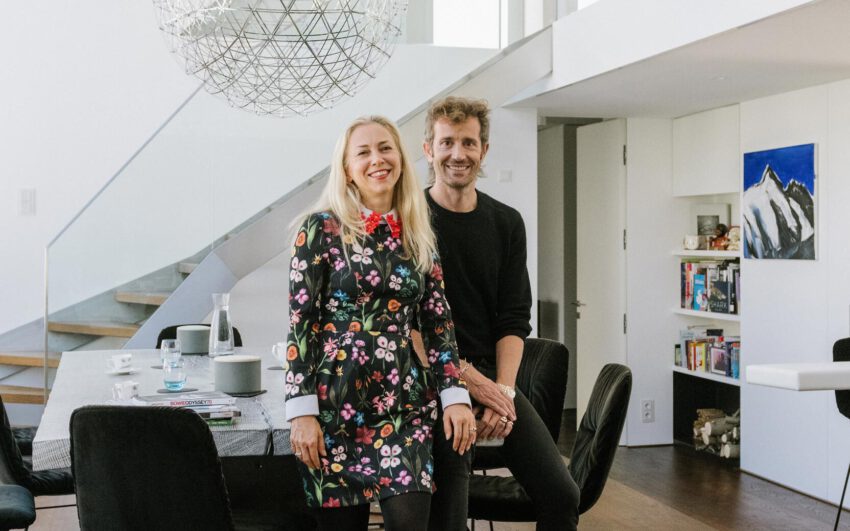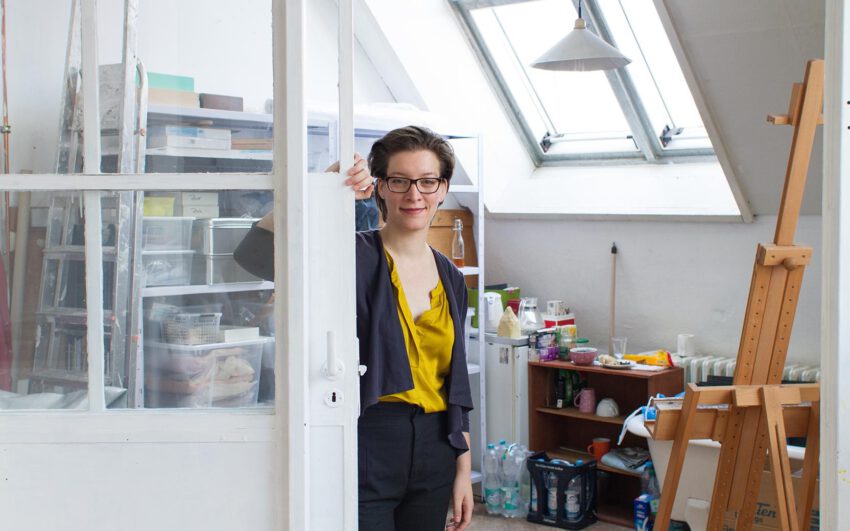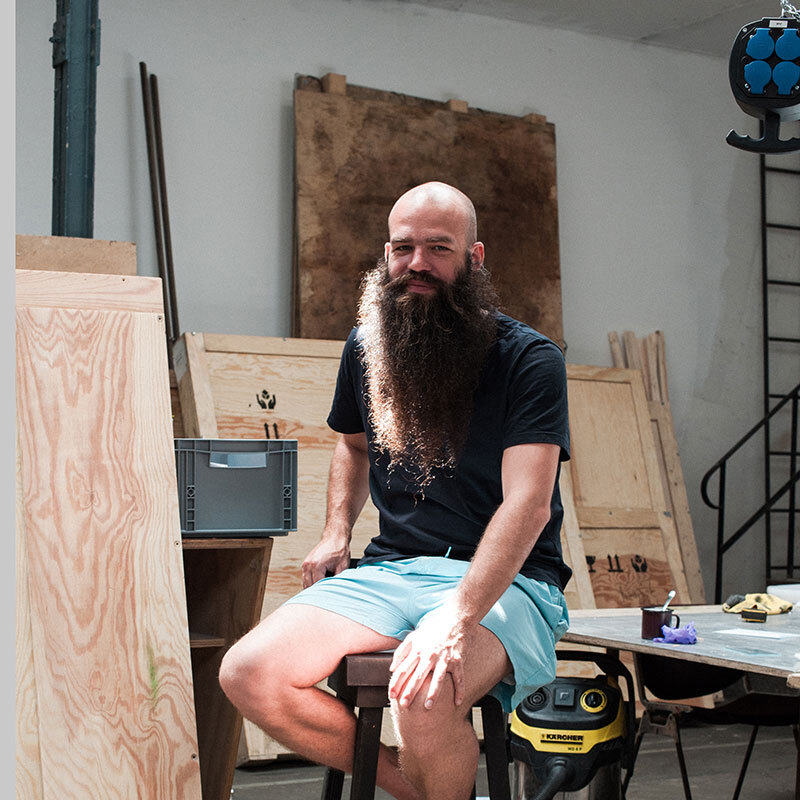Maja Babič Košir is a versatile visual artist, sculptor, painter, and printmaker, who in her spatial installations, and with a sense of curiosity, likes to break down the boundaries between different media. Her intuitive artistic process is based on an introspective principle, especially in relation to the found materials of her family archive, which she has gradually discovered in recent years. She lives and works between Ljubljana (Slovenia) and Porto (Portugal).
Maja, your family archive often serves as the basis for your work, both figuratively and literally. How did you approach it?
Since 2018, I have been researching the legacy of my father, who was an industrial designer. I use his discarded materials left in the depot: wallpapers, typographic experiments and foils, plastic sheets, textiles, envelopes, cardboard, shiny adhesive tapes and other papers with visually appealing tactile qualities. I started with the series of collages Love Letters Series, which I intuitively compose, supplement, edit, take away from and then add to again. It is a very personal process of closeness through objecthood, through the intimate connection with the material, the whole process sometimes feels like a kind of meditative therapy to me.
Can you describe your creative process to someone who is not yet familiar with your work?
Coming from a sculpture background, I soon felt the urge to move beyond the two-dimensionality of collage and build into space. My spatial installations also contain many found objects. Ironically, as a child growing up in a collector’s house full of books, sculptures and paintings I found my surroundings stifling, but today I sometimes find myself saying that I collect “junk and remnants”. I scour antique shops and flea markets for abandoned objects that have their own history and tell their own story. This is how I add to the “baggage” that is already my own. The whole process is an experiment: I “use” the materials I find, make them my own just for a while, work on them, paint them, break them, cut them and finally reuse them. In this respect, art is truly complete luxury and pure freedom. My work is never about a single piece, a single project, but prefigures a never-ending process, a constant metamorphosis. You could say that all the time I am putting together a collection of artworks, perhaps an exhibition, which at a given moment can be a complete whole, but on the other hand, it is always unfinished because I can always add or take something away, then recycle it further, use it in a new form, in a new context, and so on.
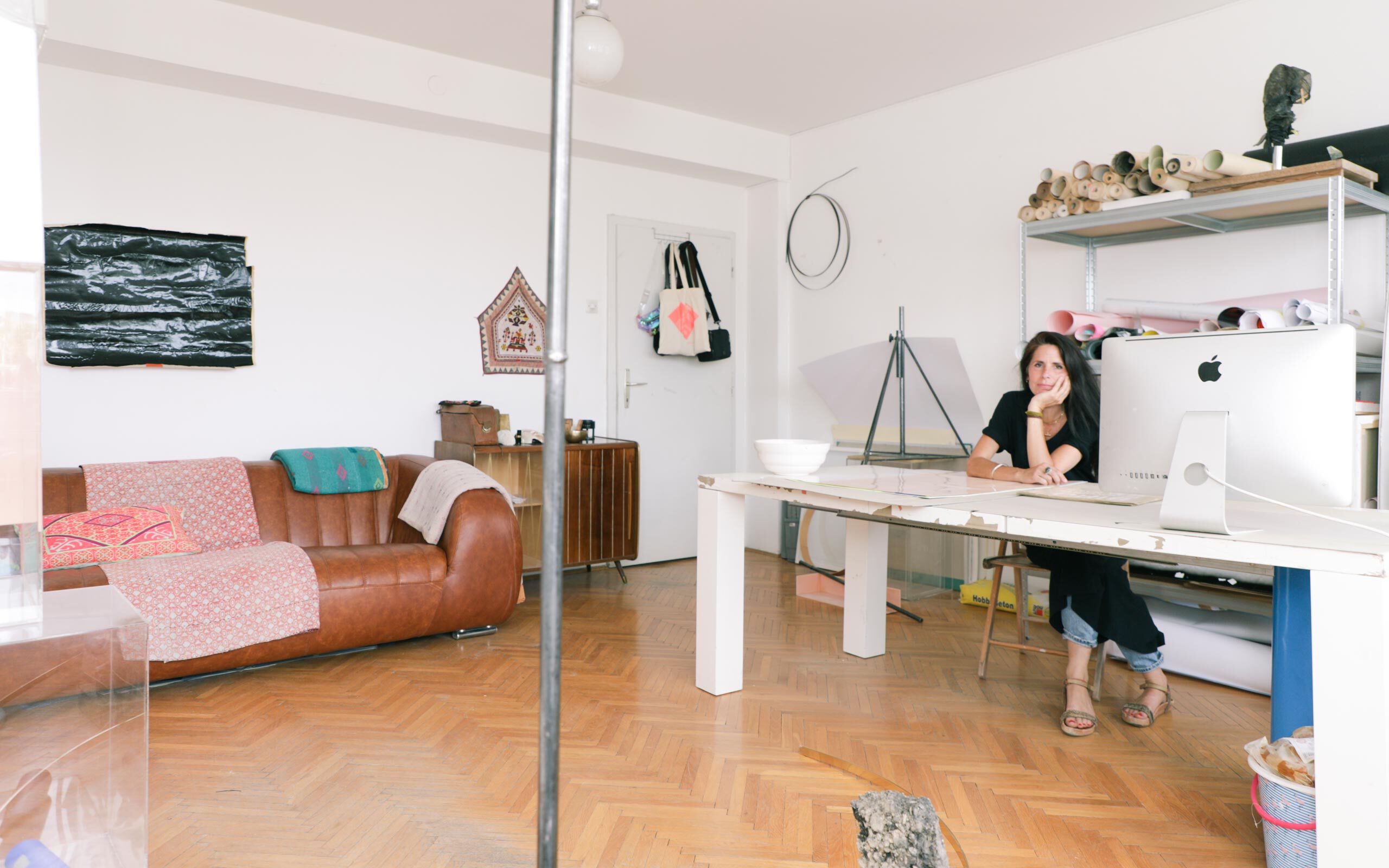
Did the creative environment in which you grew up lead you to your choice of profession?
My home environment was artistically stimulating, but I had no real desire for artistic expression. As a child, I was always creative, involved in decorating, designing clothes, and styling, cutting eccentric hairstyles, and so on. Due to a supposedly heightened taste for all things different, I enrolled at the High School of Design and Photography and then at the Academy of Fine Arts and Design in Ljubljana (where I eventually graduated with a master’s degree in sculpture), even though I had felt no real passion for creating until then.
What changed at the Academy?
In the middle of my first year, I was fortunate and privileged to have the artist Duba Sambolec as a visiting professor at the Academy. That was the moment when the fire was ignited. It was then that I realised why art is my need; it is my mouth, my tongue, my voice, it is everything I could not articulate and process. That's when I realised that my personal history and the story I carry within me can be my driving force to translate everything I feel into the visual world in a way that seems natural, intuitive, and organic. Until recently, I did not perceive my creating as a job or profession, so I still can not separate it from the other identities I carry (woman, artist, mother, daughter, friend) as they are closely intertwined. Creating is simply something I do and must do, a constant flow of impulses that I carry out daily and that I assume I would have to do even if I were not paid to do it. When we create, we are whole, no matter what we do.
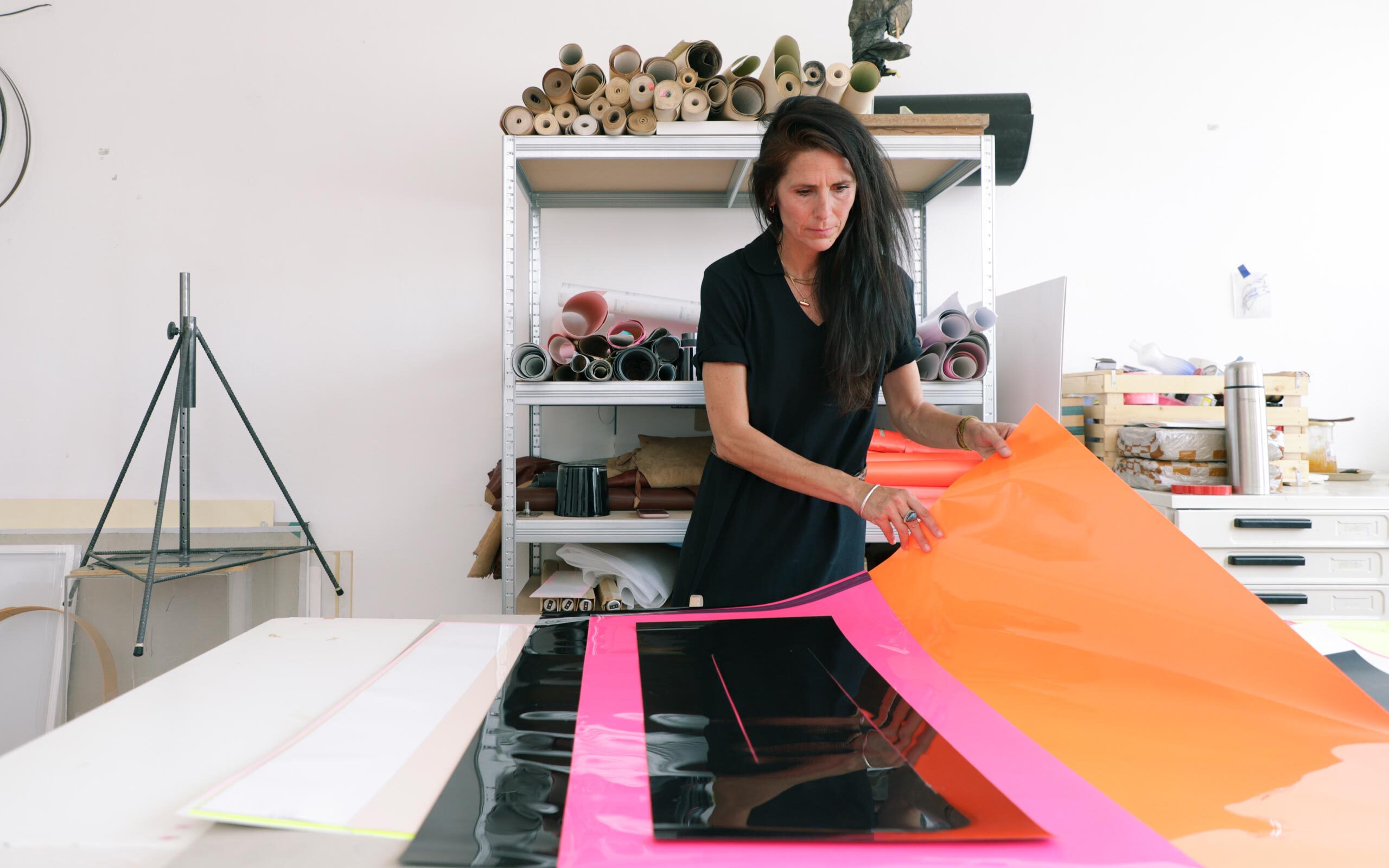
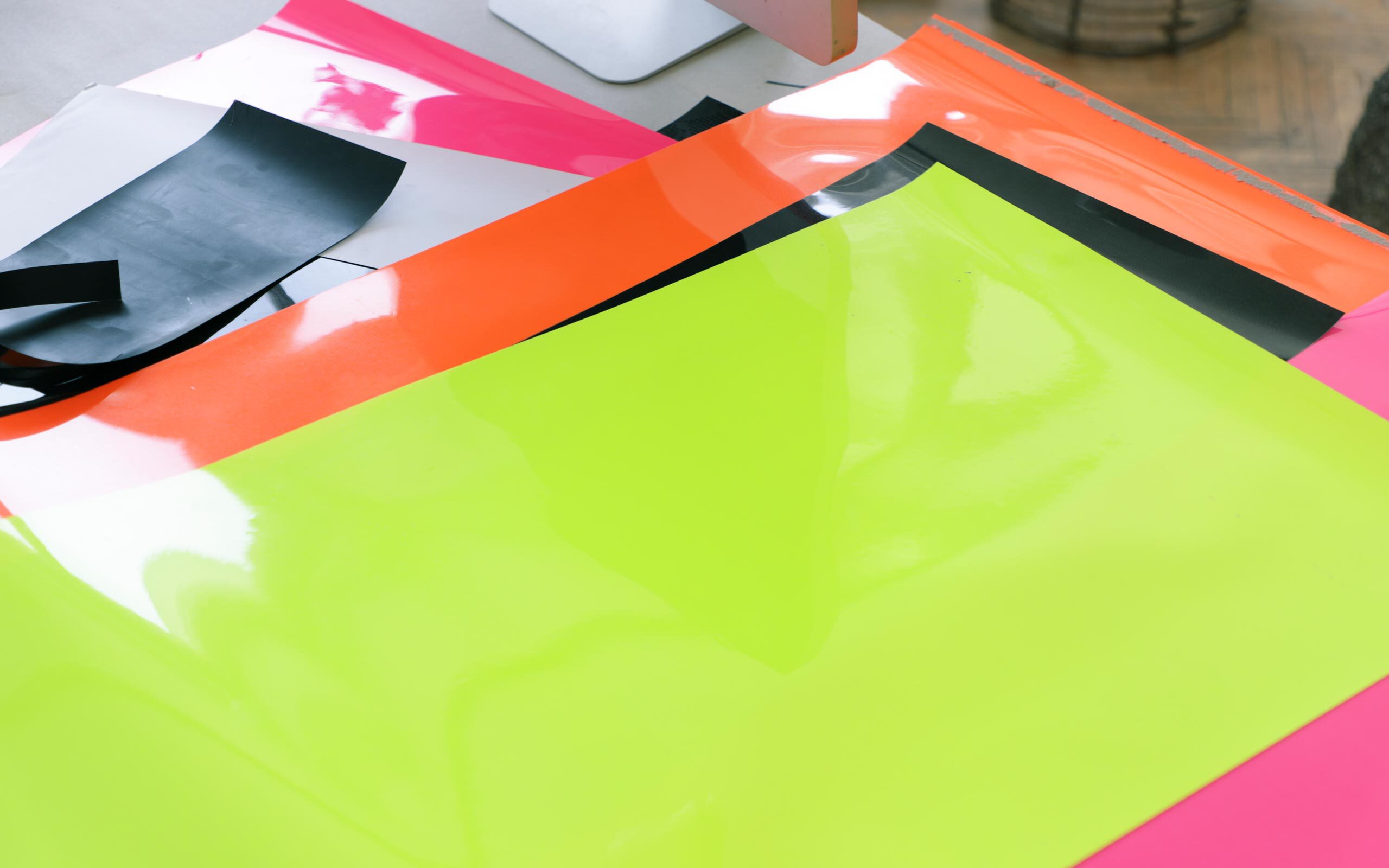
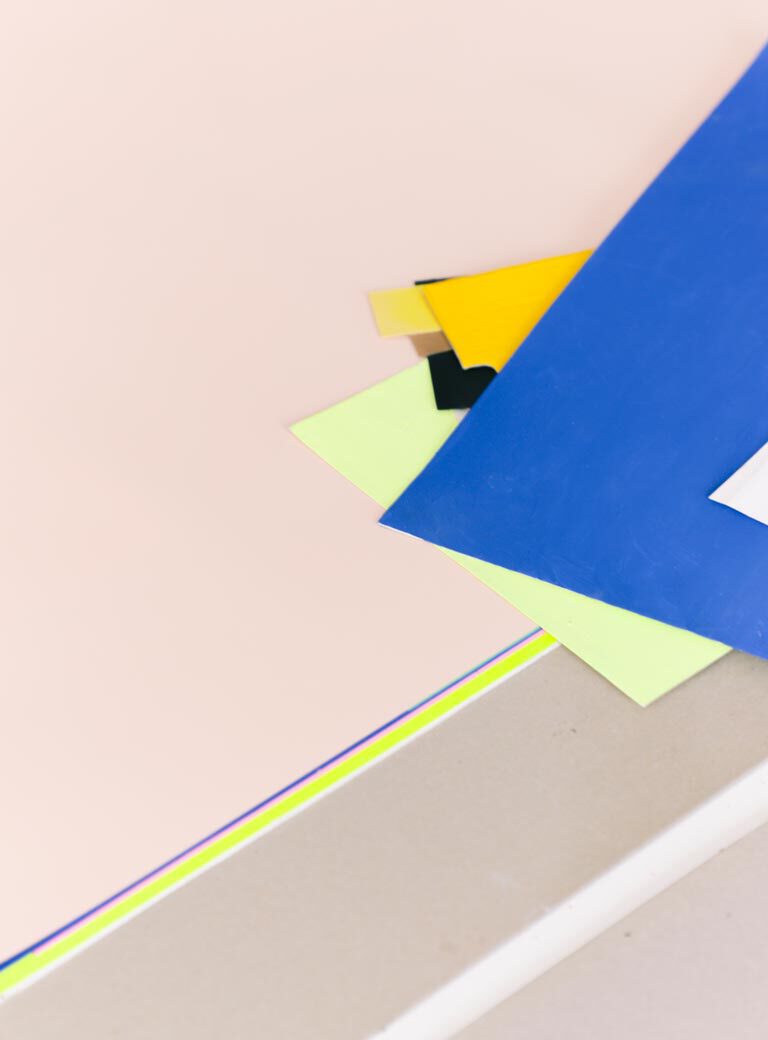
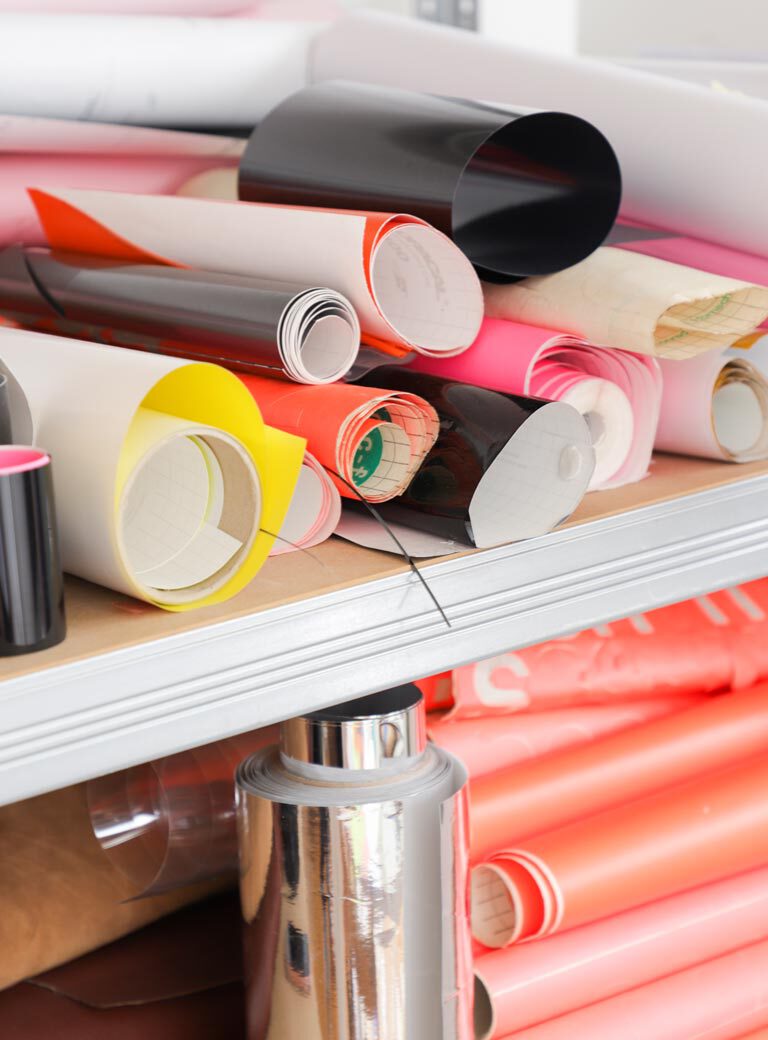
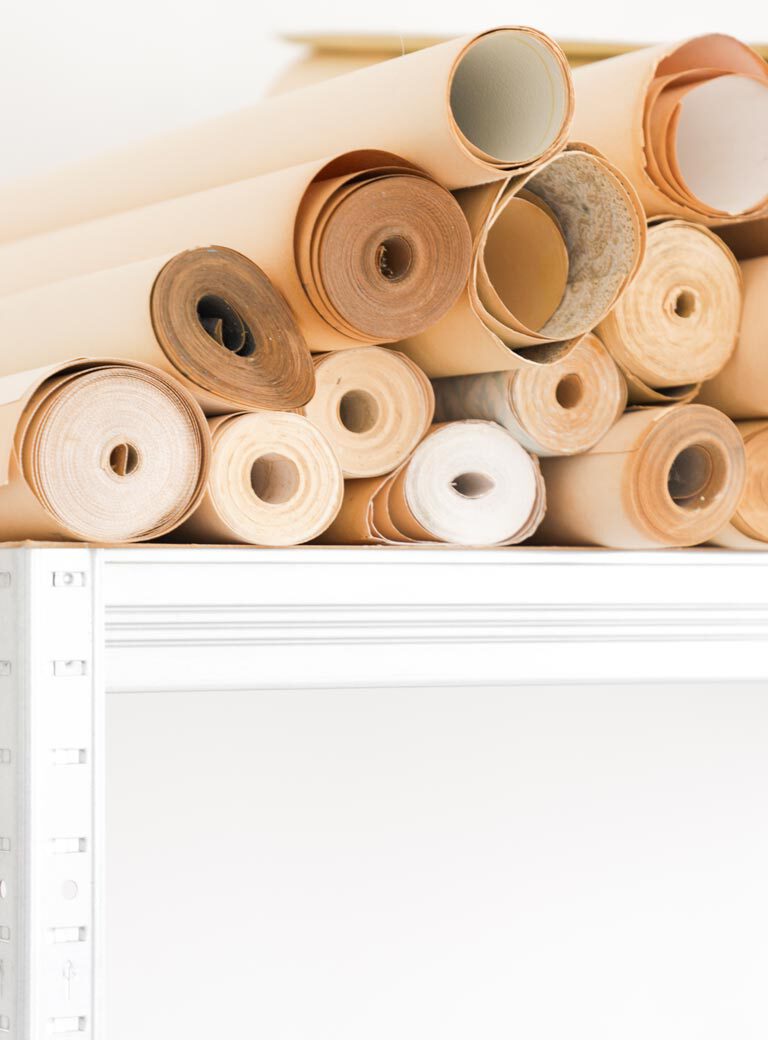
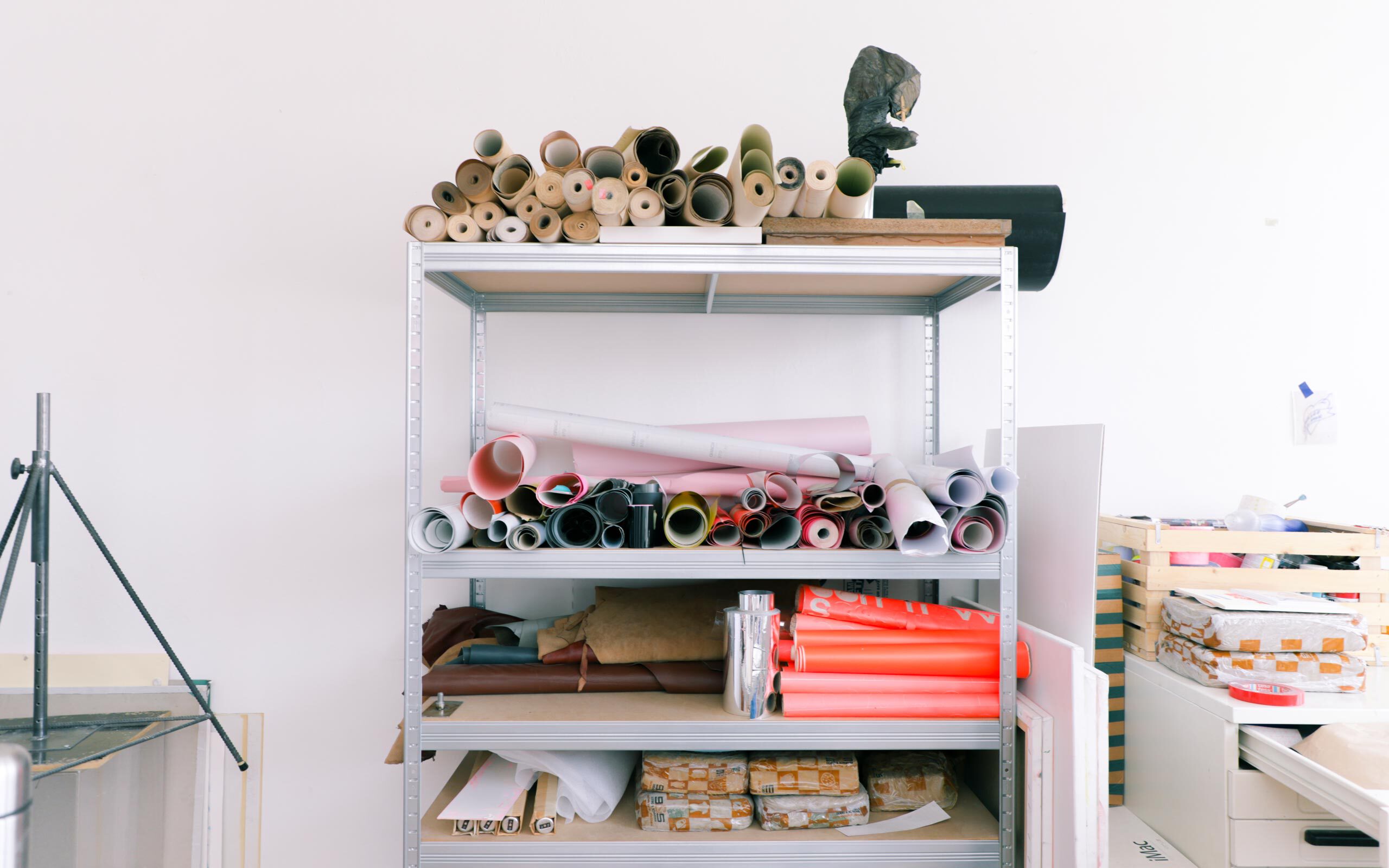
As mentioned, you studied Sculpture, but your art practice clearly points to multi-media. What is your take on sculpture today?
Soon after graduating, I moved to Spain and then to Portugal, where due to practical reasons, mainly the lack of a studio and working with heavy materials, but also the change of environment, I turned to other media, such as drawing, illustration, various printmaking techniques, painting, etc., which I developed abroad for ten years. It is worth mentioning that in the last few years, after my return home, I also “returned” to sculpture since the new production conditions now allowed for this, which in a way has determined my practice. Thanks to the suitable exhibition and living spaces, and of course a comfortable studio, I can now create with fewer restrictions, bigger and taller. Otherwise, in a way, I have always tried to incorporate this impulse of building space and building into the space also into my paintings, drawings, prints, and collages. Especially in the Love Letters Series, I try to negate the decorativeness and flatness of materials by layering and piling them up to ultimately create a multi-dimensional effect.
Tell me more about the materials you work with. Do they seem to implicitly evoke certain opposites?
Yes, I am attracted to opposites. I often explore the relationship between seemingly opposing pairs of concepts, such as intimate and external, private and shared, emotional and rational, and so on. I look for a balance in the material that balances the overall picture, either the individual work or the whole set-up. As I said, my work is mainly (but not exclusively) about found objects and materials that I assemble into a coherent and harmonious whole – concrete and wood, glass and metal, plastic and porcelain, paper and stone, among which one can also find “non-artistic” objects that once had a concrete function. In this way, I also inevitably investigate the relationships between the fragile and the delicate, the robust and the elastic, as well as how biased we are when we consider these notions in terms of a colour scheme. Often the results of my experiments are happy mistakes that can be aesthetically pleasing or even displeasing. I am interested in the material itself, its plasticity and the sensory reactions it triggers. I like to submit to it and use it as I find it, with very little or no intervention, I place it in a new context, into a new whole, where its new charge is completely detached from the meanings it carried before. I also see the family archive in this sense – even though my father is no longer there, his objects remain, and serve me for something new, more beautiful. When I complete this process of transformation, when I no longer need the artwork, then it is the viewer's turn and his story meets mine.
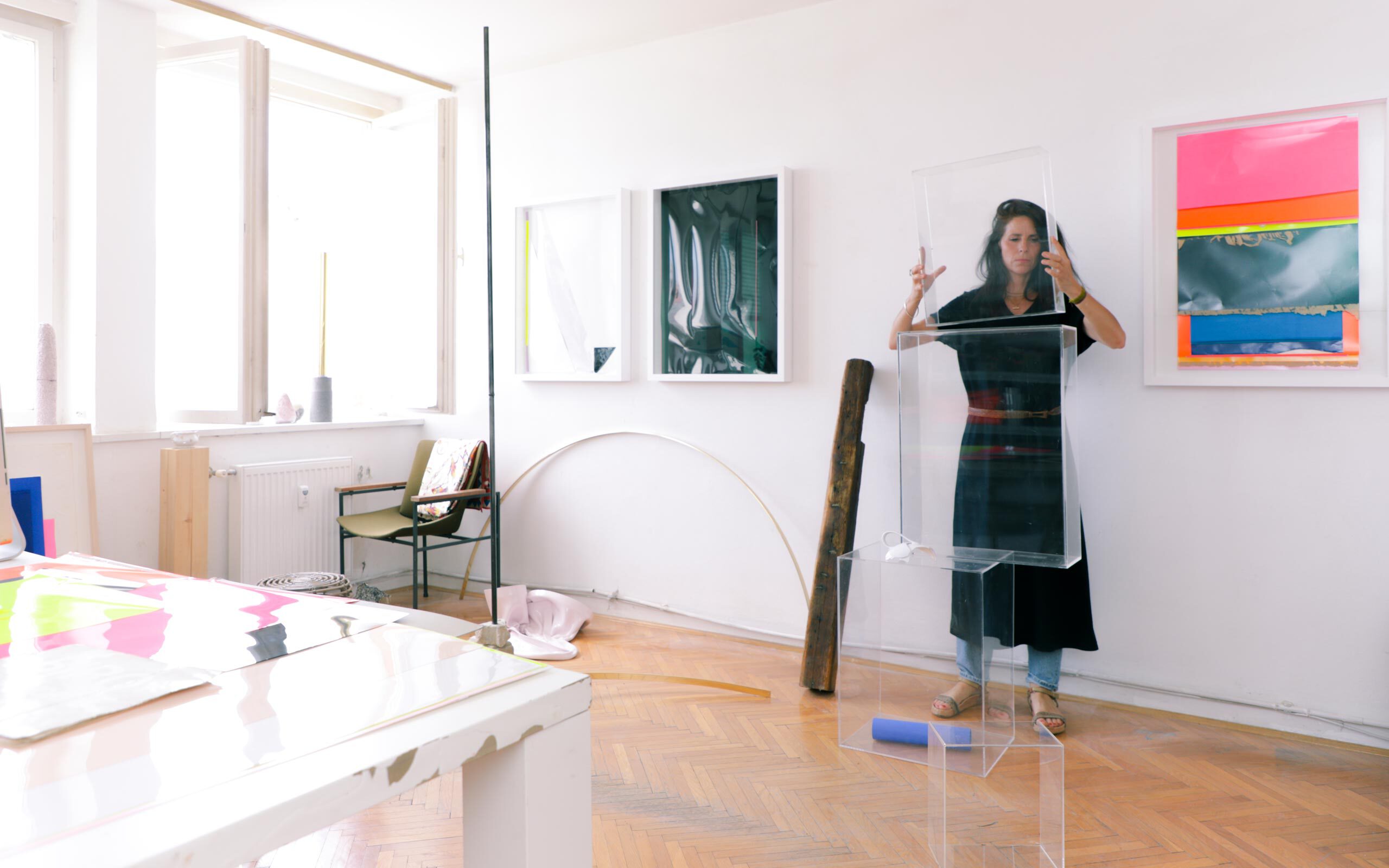
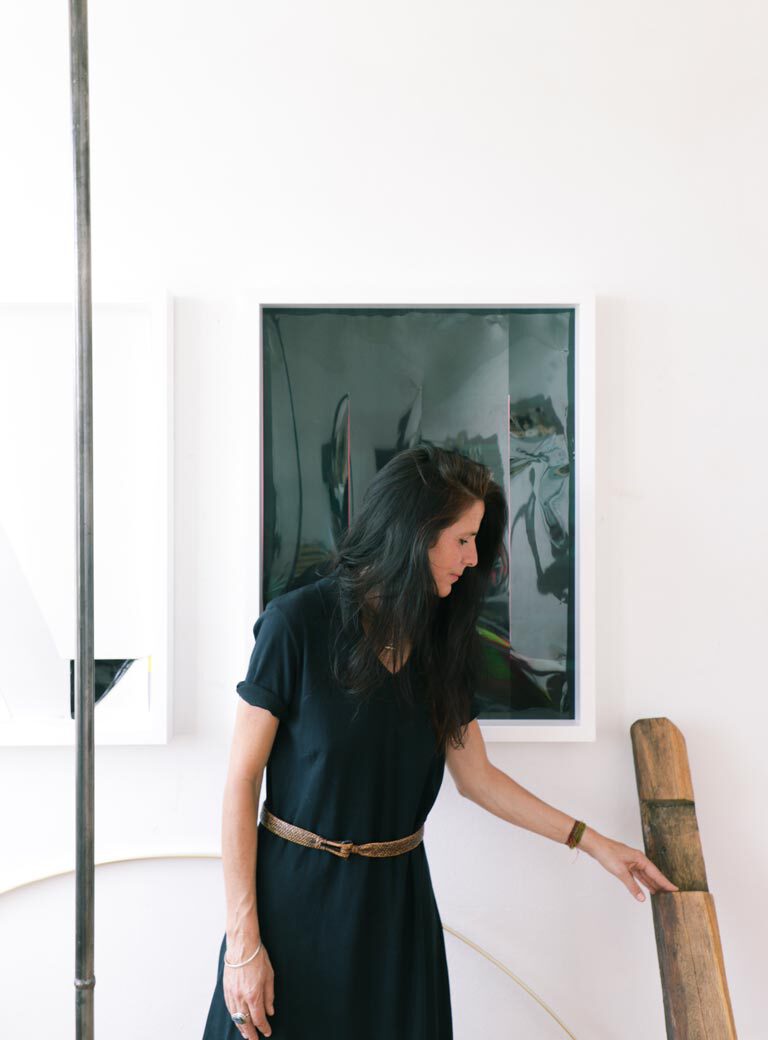
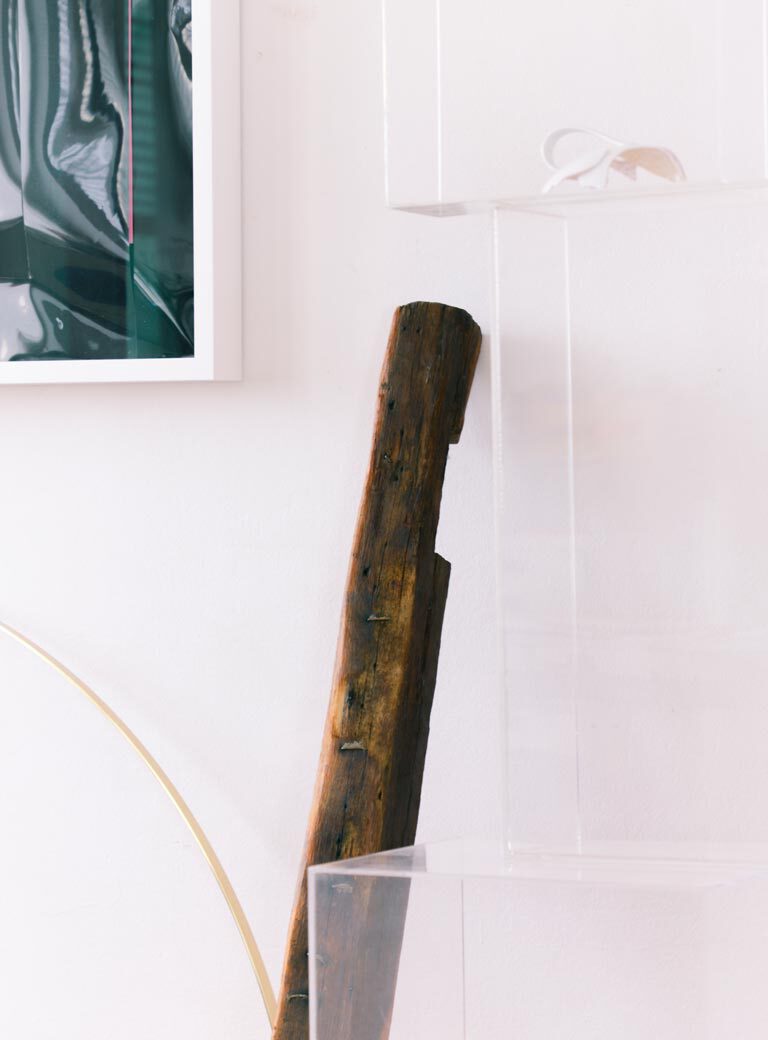
How has your art practice changed over the last decade?
When I look at my old work, I sometimes find it hard to recognise myself. At the beginning of my creative path, I dealt a lot with death, of which I was infinitely afraid. I was also attracted to the world of excess, sexuality, and decadence, to everything that was “weird” and eccentric and did not conform to social norms. My art was correspondingly wild, angry, and raw. Then I began to experience and create art with therapeutic zeal, as an almost healing, cleansing process. As mentioned earlier, I am now exploring a drastically different space.
That’s quite a development; how would you then describe the art that you do now in a few simple words?
I retreated into pure minimalism, where my starting point is always personal contemplation. The impetus for my work comes less and less from external impulses. My artistic creation is an ongoing cycle of constant searching. Inspirations change, just as we constantly change, and so do my motivations. For me, art is a mirror, a reflection of what is going on inside me, and as such, it is the perfect tool to transmit and translate my inner world to the outside world.
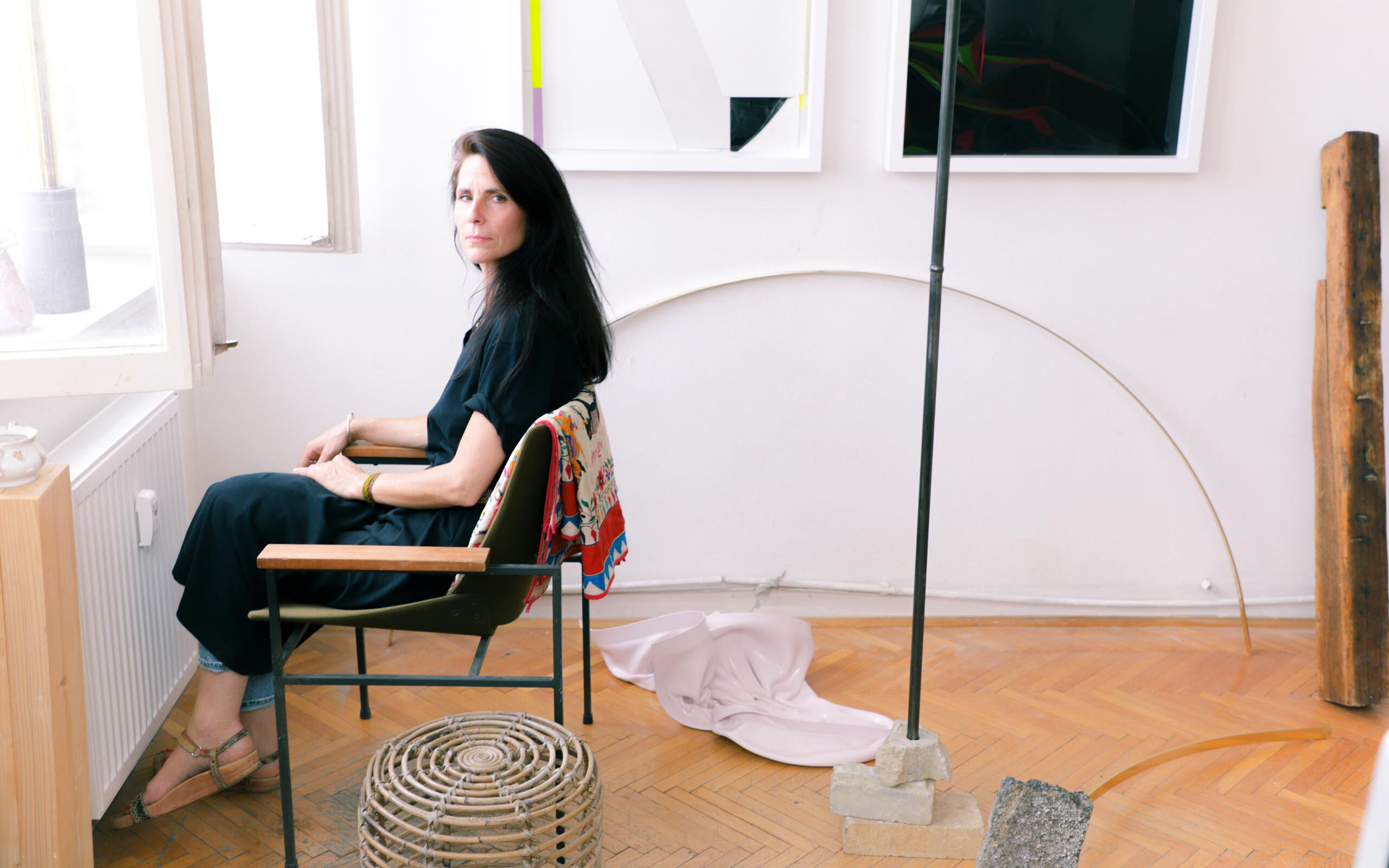
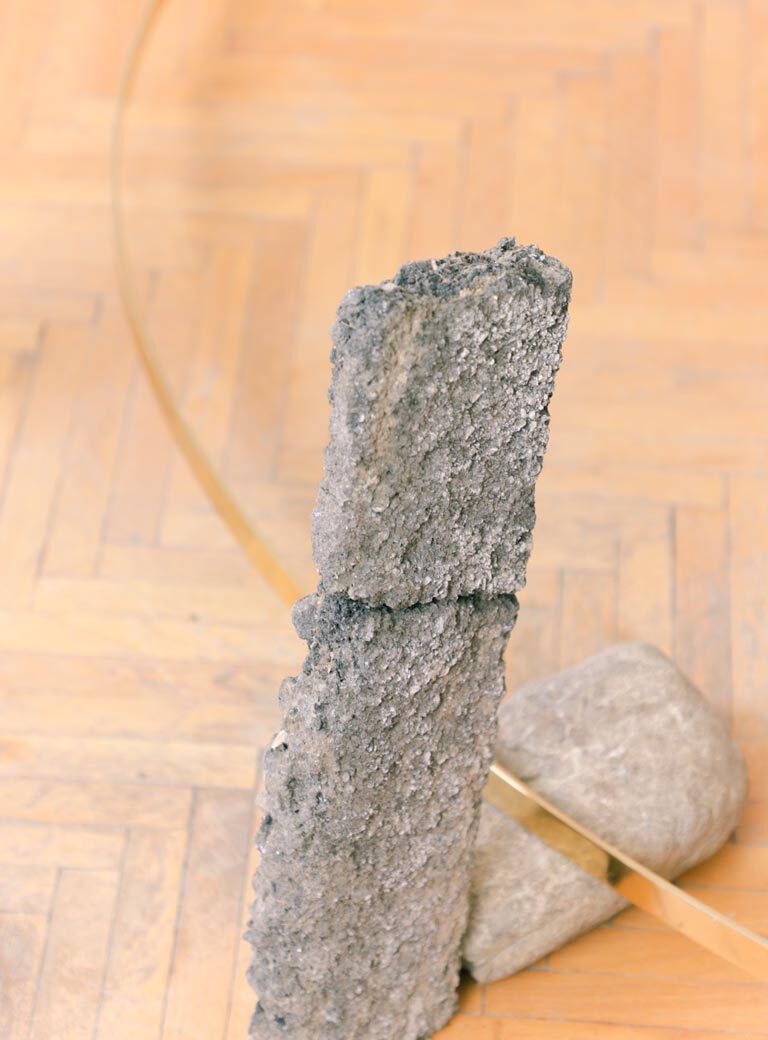
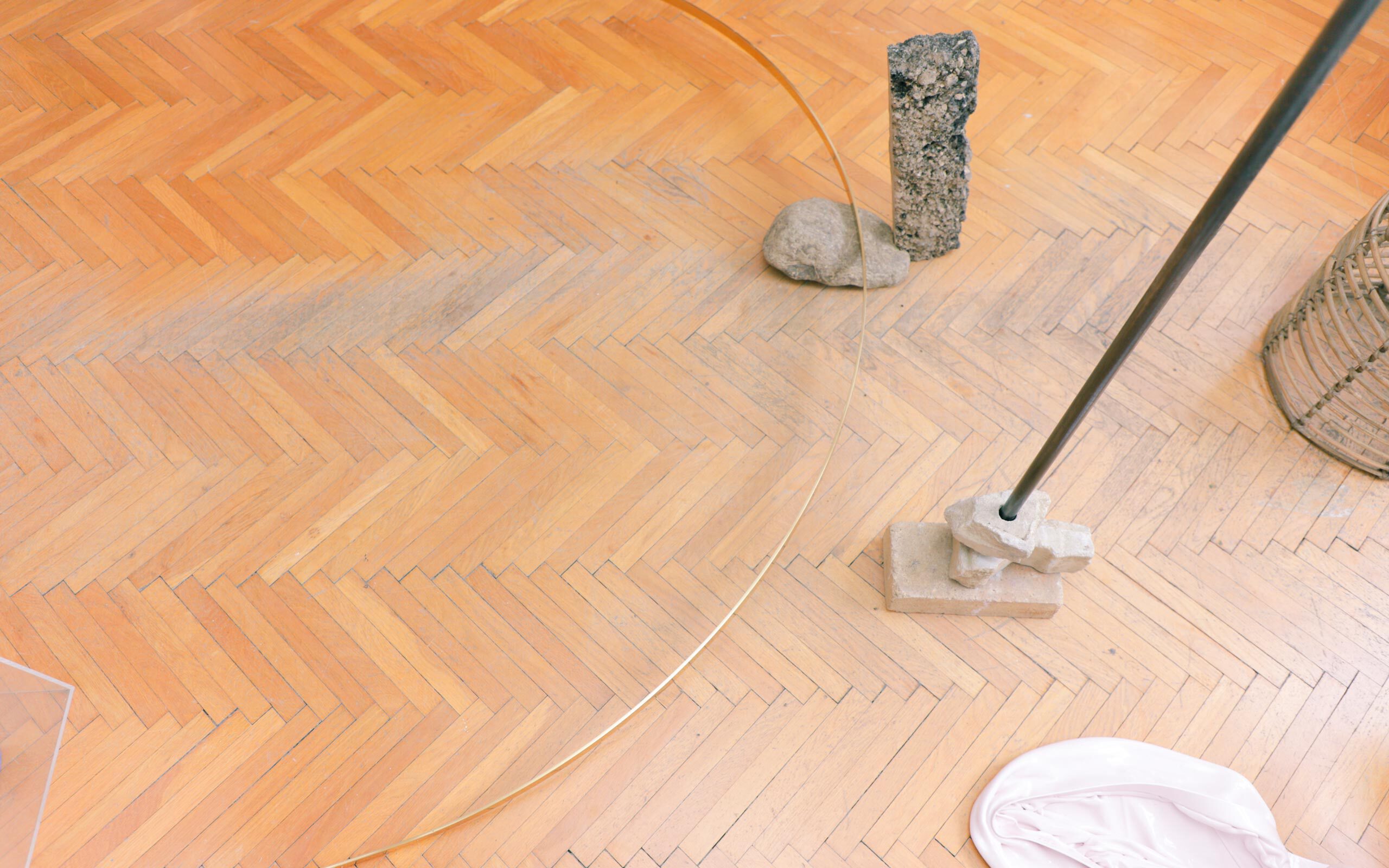
How does your artistic work fit into our time?
As all art does. My work is my response to the world around me, to the society in which I live, to the whole context that surrounds me, and as such it naturally reflects at least a minimal part of the current zeitgeist. Art is the voice of the individual, which is also part of the collective space in which we are all connected. My art is not activist or socially critical, as I am mainly concerned with the visual component of a particular artwork, but it is certainly inherently part of our times. It is my response to external impulses and thus inevitably a testimony to the outside world, even if it is a reflection of my intimate inner world. That is why I have no interpretive expectations of the viewer – I believe that the work will always find the right conversation companion, at the right time, in the right place, when one is ready. The viewer will respond to my – or any – work if they see it at the “right” time to trigger an emotional response in them. That is also the most we can hope for.
What are your plans for the future?
As far as researching media and the technical development of my work is concerned, I work without a plan, this development has always been organic, and I presume that it will remain so. Above all, I want to work on the continuity of my work. Since I have been working in a gallery (RAVNIKAR GALLERY SPACE in Ljubljana), exhibiting and participating in international art fairs and other cultural events, my understanding of my own work and responsibility has changed. Although I have lived in different parts of the world over the years, it is only through the current support that I have come to realise how important it is not to create in isolation. During lockdown, my friend and fellow artist Nevena Aleksovski and I formed a collective, My Familiar Unfamiliar, and prepared our first exhibition project together, which was an incredibly fulfilling and rewarding experience during this time. For the coming year, I am planning the first joint project with the aforementioned former mentor and role model Duba Sambolec. I look forward to even more experimental collaborations and other, as yet undiscovered perspectives, to exchanges with different artists and curators, as I have grown incredibly from such partnerships and role models over the years, both as an artist and as a person. In an attempt to reject individualism, I want to use dialogue as a specific working strategy. Community is the only way forward.
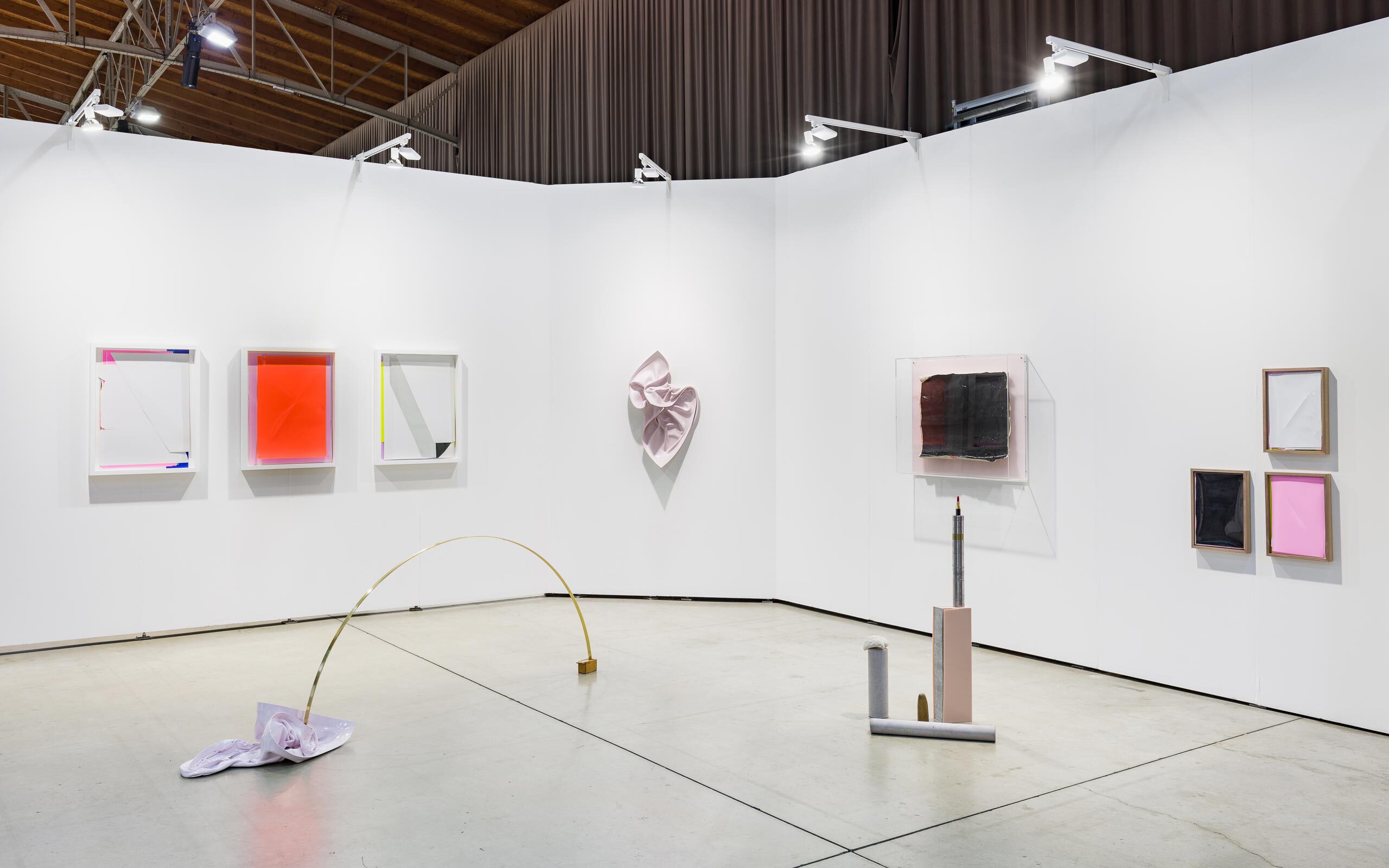
Spark, exhibition view, 2022
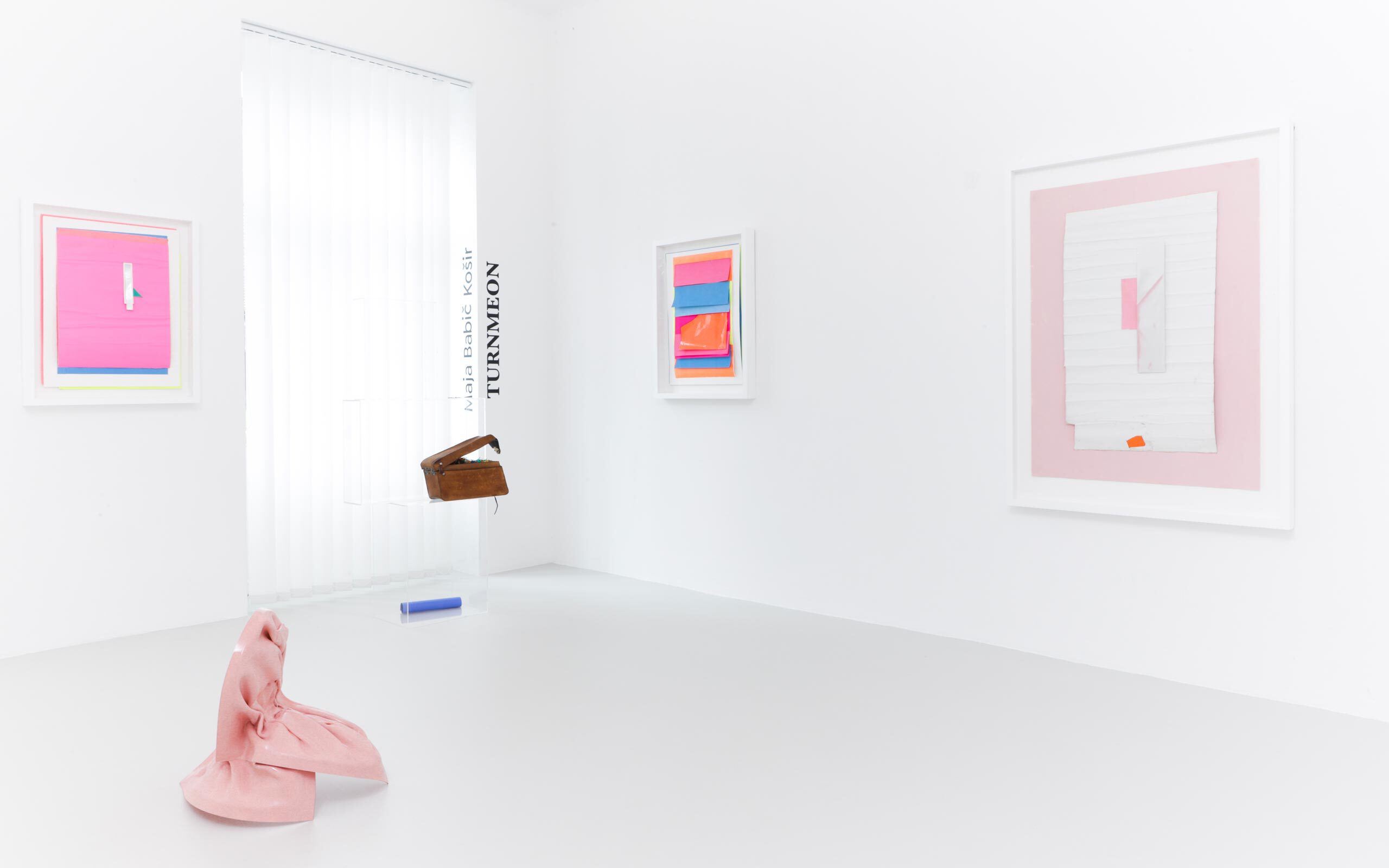
exhibition view, RAVNIKAR GALLERY SPACE
Interview: Eva Simonič
Photos: Marijo Zupanov


